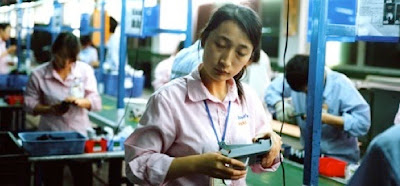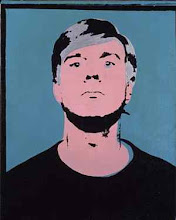Songs about Art and Photography: a playlist. #12 The Band: When I Paint My Masterpiece (click to play; click here to play live version; click here to find version by Bob Dylan).
 |
| Bob Dylan, Two Sisters, 2008 (?) |
Oh, the
streets of Rome are filled with rubble
Ancient footprints are everywhere
You can almost think that you're seeing double
On a cold, dark night on the Spanish Stairs
Gotta
hurry on back to my hotel room
Where I got me a date with a pretty little girl from Greece
She promised, she'd be there with me
When I paint my masterpiece
Oh, the
hours we spent inside the Coliseum
Dodging lions, and a-wasting time
Oh, those mighty kings of the jungle, I could hardly stand to see 'em
Yes, it sure has been a long, hard drive
Train
wheels are running through the back of my memory
When I ran on a hilltop following a pack of wild geese
Someday everything is gonna sound like a rhapsody
When I paint my masterpiece
Sailing
round the world in a dirty gondola
Oh, to be back in the land of Coca-Cola
Well, I
left Rome, and landed in Brussels
On a plane ride so bumpy that I almost cried
Clergy men in uniform and young girls pulling mussels
Everyone was there to greet me when I stepped inside
Newspaper
man eating candy
Had to be held down by big police
But someday every thing's gonna be different
When I paint that masterpiece
"When I Paint My Masterpiece" by Bob Dylan from The Band: Cahoots, 1971.
 |
| The Band |
Click on 'Art and Photography Playlist', below, to see all playlist entries; all songs on 'Art & Photography Playlist' on Spotify.




















